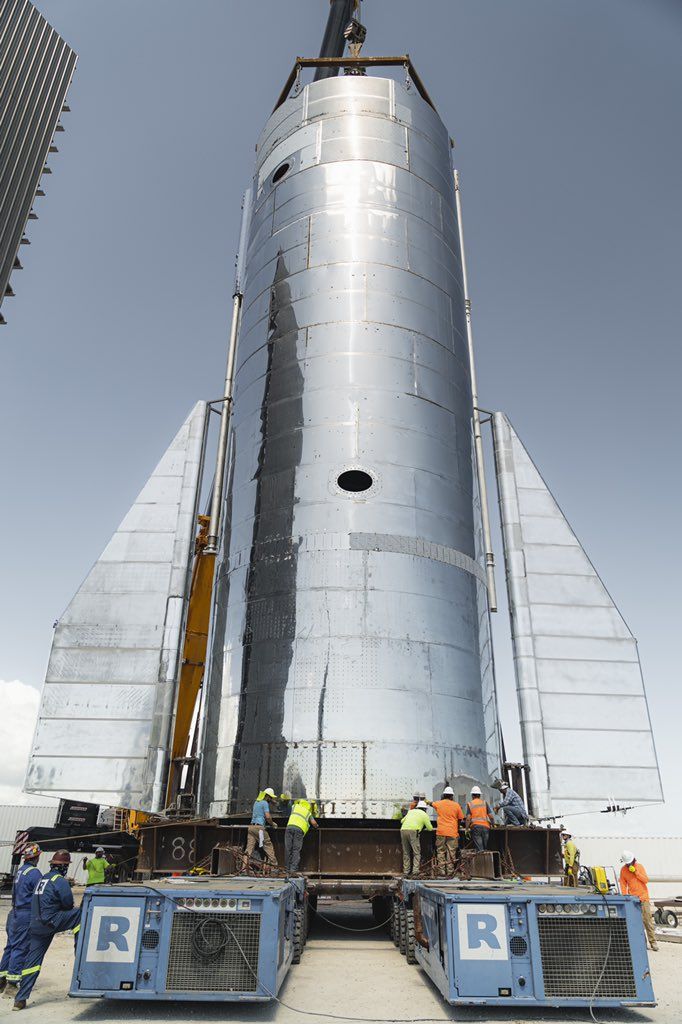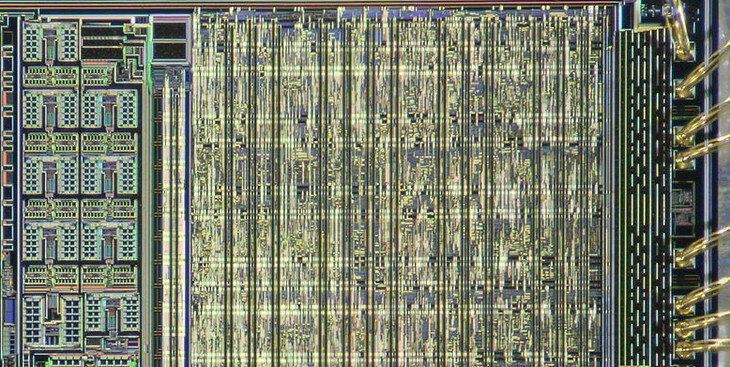Spot is an agile mobile robot that you can customize for a wide range of applications. The base platform provides rough-terrain mobility, 360 degree obstacle avoidance, and various levels of navigation, remote control and autonomy. You can customize Spot by adding specialized sensors, software and other payloads. Early customers are already testing Spot to monitor construction sites, provide remote inspection at gas, oil and power installations, and in public safety. Spot is in mass production and currently shipping to select early adopters. Find out more about using Spot in your application by visiting us at https://www.BostonDynamics.com/Spot.
Get the latest international news and world events from around the world.

What’s a molten salt reactor and why do we need it
A molten salt reactor (MSR) is a type of nuclear reactor that uses liquid fuel instead of the solid fuel rods used in conventional nuclear reactors. Using liquid fuel provides many advantages in safety and simplicity of design.
The figure above shows one type of MSR design. As shown towards the left, the reactor contains “fuel salt”, which is fuel (such as uranium-235) dissolved in a mixture of molten fluoride salts. After a fission chain reaction starts in the reactor, the rate of fission stabilizes once the fuel salt reaches around 700 degrees Celsius. If the reactor gets hotter than 700 degrees, the resulting expansion of the fuel salt pushes some of the fuel into the circulation loop; this, in turn, decreases the fission rate (since fission cannot be maintained in the loop), causing the fuel to cool.
Unlike conventional reactors, the rate of fission in an MSR is inherently stable. Nonetheless, should the fuel salt become too hot to operate safely, a freeze plug (made of salts kept solid by a cooling fan) below the reactor will melt and the liquid content of the reactor will flow down into emergency dump tanks where it cannot continue to fission, thus allowing it to cool safely.


Can artificial intelligence help transform education?
For all the talk about how artificial intelligence could transform what happens in the classroom, AI hasn’t yet lived up to the hype.
AI involves creating computer systems that can perform tasks that typically require human intelligence. It’s already being experimented with to help automate grading, tailor lessons to students’ individual needs and assist English language learners. We heard about a few promising ideas at a conference I attended last week on artificial intelligence hosted by Teachers College, Columbia University. (Disclosure: The Hechinger Report is an independent unit of Teachers College.)
Shipeng Li, corporate vice president of iFLYTEK, talked about how the Chinese company is working to increase teachers’ efficiency by individualizing homework assignments. Class time can be spent on the problems that are tripping up the largest numbers of students, and young people can use their homework to focus on their particular weaknesses. Margaret Price, a principal design strategist with Microsoft, mentioned a PowerPoint plug-in that provides subtitles in students’ native languages – useful for a teacher leading a class filled with young people from many different places. Sandra Okita, an associate professor at Teachers College, talked about how AI could be used to detect over time why certain groups of learners are succeeding or failing.

NASA’s rolling Shapeshifter robot concept splits into two drones
When NASA’s Cassini performed more than 100 flybys of Saturn’s moon Titan, scientists piecing together the data began forming a picture of a pretty treacherous environment, with liquid methane rain, cold rivers and icy volcanoes all potentially part of the mix. The agency’s scientists are already at work developing vehicles that will one day be used to explore such surrounds, with its newly revealed Shapeshifter robot another interesting example.
The Shapeshifter is a developmental concept at this early stage, and is designed to change its shape depending on the type of alien terrain it encounters. The team at NASA’s Jet Propulsion Laboratory have 3D printed a prototype of the robot that is already capable of some impressive maneuvers.
NASA’s thinking with the Shapeshifter is that it will actually be made up of a number of smaller robots, which can self-assemble into a larger machine and disassemble again as the mission calls for it.

DARPA aims to make networks 100 times speedier with FastNIC
Having a slow connection is always frustrating, but just imagine how supercomputers feel. All those cores doing all kinds of processing at lightning speed, but in the end they’re all waiting on an outdated network interface to stay in sync. DARPA doesn’t like it. So DARPA wants to change it — specifically by making a new network interface a hundred times faster.
The problem is this. As DARPA estimates it, processors and memory on a computer or server can in a general sense work at a speed of roughly 1014 bits per second — that’s comfortably into the terabit region — and networking hardware like switches and fiber are capable of about the same.
“The true bottleneck for processor throughput is the network interface used to connect a machine to an external network, such as an Ethernet, therefore severely limiting a processor’s data ingest capability,” explained DARPA’s Jonathan Smith in a news post by the agency about the project. (Emphasis mine.)

Elon Musk Just Dropped More Tantalizing Details About SpaceX’s Starship Prototype
Elon Musk is doling out more and more details about SpaceX’s next Starship prototype ahead of his big presentation this weekend.
On Saturday (Sept. 28), Musk will reveal the latest design of Starship and Super Heavy, the reusable spaceship and rocket that SpaceX is developing to take people to the moon, Mars and other distant destinations.
Memory, explained | Narrated
THE MIND, EXPLAINED takes a five-episode deep dive into how our brains handle memory, anxiety, psychedelics and dreams. Narrated by Emma Stone.
After nearly a year of labor behind the scenes, we have an announcement for you: Explained is finally back! And during this year, we’ve turned our attention to a crucial question: Why can’t we remember what is in the fridge?
Or more importantly, why can’t we remember most of the details of our own lives? Why do an estimated 1 in 3 people suffer from an anxiety disorder at some point? And why, when we go to bed at night, are we overcome with strange visions? Do our dreams actually mean anything, or serve any purpose?
Our minds often feel like a black box. And the stakes of these questions go far beyond the fridge – to our fundamental sense of reality, and what it means to be human. How can we help ourselves, and each other, when our minds betray us? What can we do to take back some control?
Scientists have figured out so much more than you might realize – and today, we’re diving deep, with 5 brand new episodes narrated by Emma Stone taking you on an adventure through the mind, available today.
Our weekly episodes return, as well, on September 26th. They’ll be right here – http://www.netflix.com/explained where Season 1 also awaits any of you who haven’t seen it yet.

Jumping the gap may make electronics faster
A quasi-particle that travels along the interface of a metal and dielectric material may be the solution to problems caused by shrinking electronic components, according to an international team of engineers.
“Microelectronic chips are ubiquitous today,” said Akhlesh Lakhtakia, Evan Pugh University Professor and Charles Godfrey Binder Professor of Engineering Science and Mechanics, Penn State. “Delay time for signal propagation in metal-wire interconnects, electrical loss in metals leading to temperature rise, and cross-talk between neighboring interconnects arising from miniaturization and densification limits the speed of these chips.”
These electronic components are in our smartphones, tablets, computers and security systems and they are used in hospital equipment, defense installations and our transportation infrastructure.